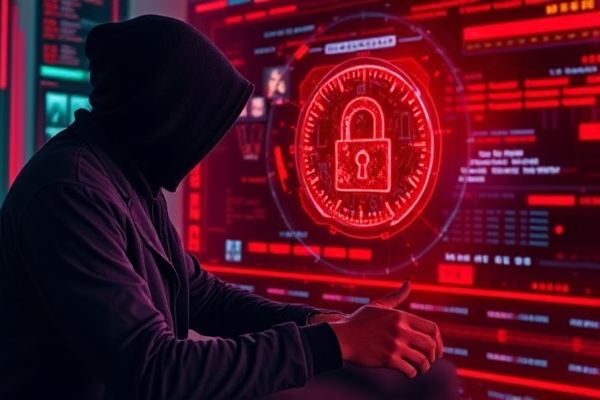As the landscape of cybersecurity continues to evolve, ransomware gangs are not just leveraging existing tools but are also repurposing them for malicious intents. The alarming trend of reusing sophisticated EDR-killing tools, particularly EDRKillShifter, highlights the collaborative nature of ransomware affiliates and poses severe threats to organizational security.
Key Takeaways:
- ✅ EDRKillShifter is central to multiple sophisticated ransomware attacks.
- ✅ Ransomware affiliates collaborate, repurposing tools across different groups.
- ✅ The BYOVD technique is utilized for disabling security systems effectively.
- ✅ Detecting and mitigating threats before privilege escalation is crucial.
EDRKillShifter, developed by RansomHub actors, is designed to disable endpoint detection and response (EDR) software on compromised systems. According to ESET researchers, this tool leverages the BYOVD technique, ensuring smooth execution of ransomware encryptors. The act of bypassing security solutions highlights a significant shift in ransomware tactics, transitioning from simple attacks to complex, multi-faceted strategies.
Firstly, the concept of BYOVD involves utilizing trusted drivers that possess known vulnerabilities to terminate security applications guarding endpoints. As the threat landscape becomes increasingly collaborative among groups like RansomHub, Medusa, BianLian, and Play, the ease with which these actors can share and exploit tools further complicates prevention measures. Notably, EDRKillShifter’s functionality has reinforced the postulate that ransomware affiliates not only seek profit but also possess a vested interest in operating collaboratively, fostering the use of third-party tools in their campaigns.
Furthermore, ESET has reported that the same threat actor, dubbed QuadSwitcher, is suspected to be behind numerous ransomware attacks, suggesting a level of coordination that implies substantial operational sophistication. Such actors tend to obtain admin or domain admin privileges, enabling them to deploy EDR killers seamlessly before executing their malicious code. This technique reflects a strategic choice to mitigate detection, affirming the need for vigilant security measures among corporate infrastructures.
As organizations strive to fortify their cybersecurity postures, the significance of having advanced detection mechanisms in place cannot be overstated. ESET advises activating potentially unsafe application detection for all systems, effectively reducing the risks associated with vulnerable drivers that threat actors could misuse. In essence, the interplay between multiple ransomware factions and the emergence of tailored malicious tools signify a new wave of challenges within cybersecurity, underscoring the need for continuous vigilance and adaptive defenses.
In conclusion, the repurposing of tools like EDRKillShifter among ransomware groups showcases an evolving threat landscape. Organizations must recognize the trend of collaboration among ransomware affiliates and enhance detection capabilities to combat advanced tactics like BYOVD. Only through proactive strategies can they hope to mitigate risks and safeguard their systems against these creeping threats.
Frequently Asked Questions:
- What is EDRKillShifter? EDRKillShifter is a tool used by ransomware affiliates to disable endpoint detection and response (EDR) software on compromised systems.
- What does BYOVD stand for? BYOVD stands for Bring Your Own Vulnerable Driver, a technique that exploits legitimate but vulnerable drivers to compromise security solutions.
- Which ransomware groups are involved with EDRKillShifter? Some notable groups include RansomHub, Medusa, BianLian, and Play.
- How can organizations protect against these threats? Organizations can protect themselves by enabling detection for potentially unsafe applications and maintaining up-to-date security measures.



